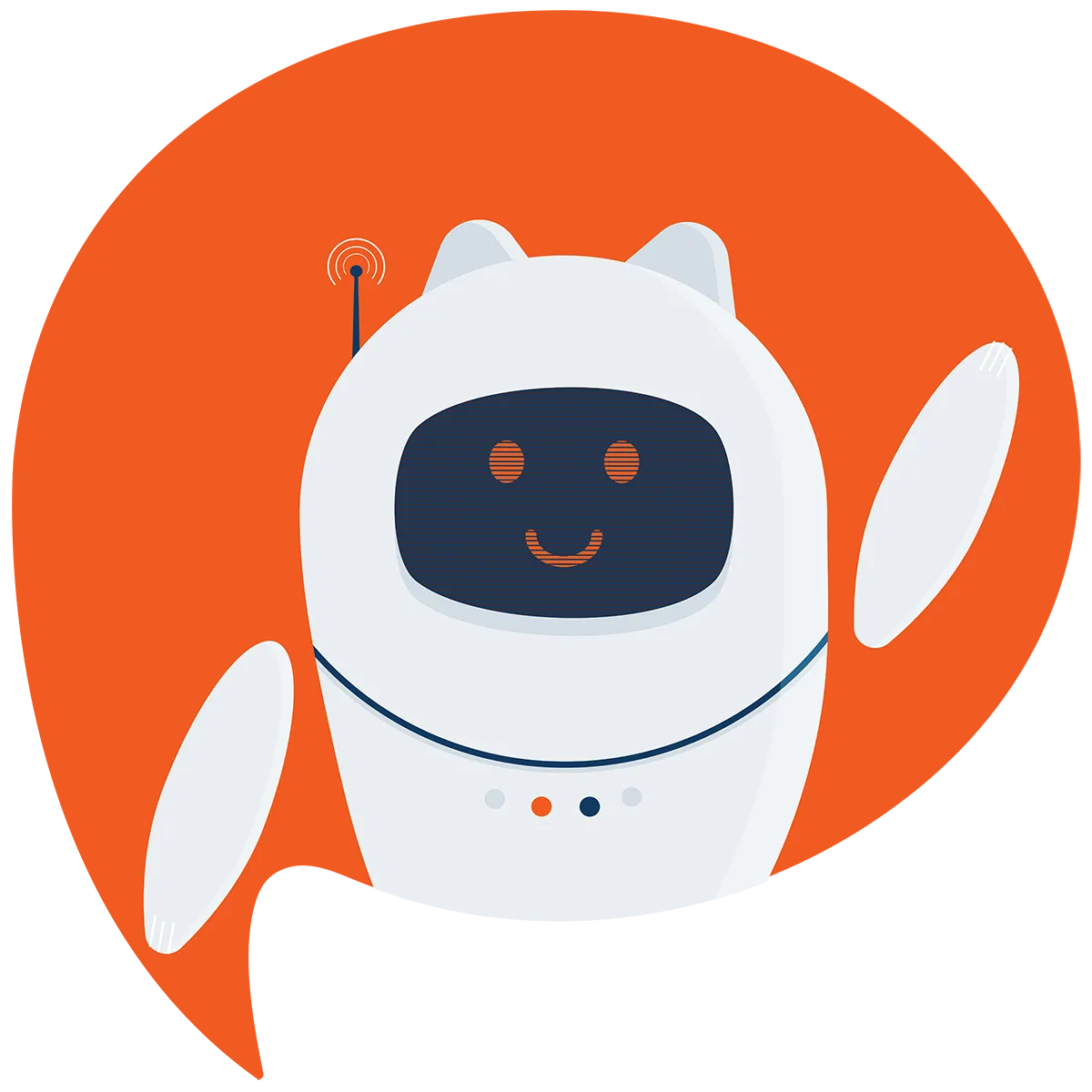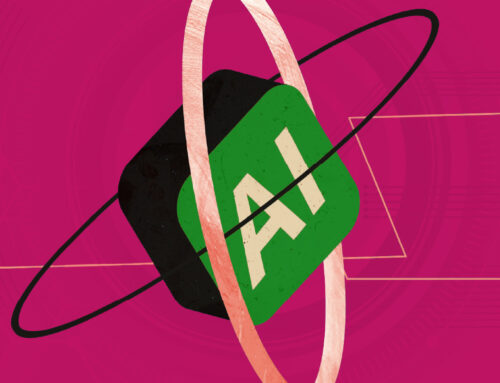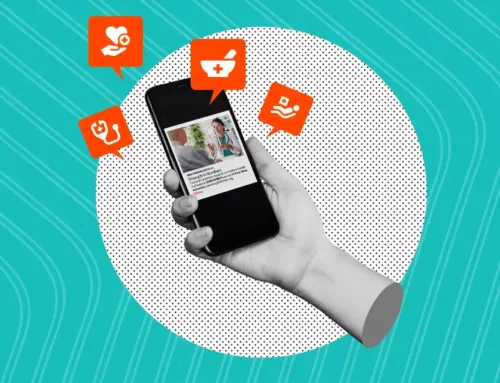Man, the bots are coming out swinging this year.
While we’ve long used Artificial Intelligence to aid in analyzing digital marketing campaign performance and making optimization recommendations, the emergence of AI technologies that are able to perform other, more creative aspects of marketing has been intriguing to say the least.
As someone who’s spent a majority of her career in copywriting, I’ll admit I’m a skeptic. Writing isn’t just putting words on a page; it’s communicating an idea, capturing a voice and inspiring an outcome. There’s something uniquely and intimately human about the process of storytelling – even in a marketing capacity.
That said, if I never had to crank out a 1,000-word blog post to appease the almighty search engine algorithm again? I, for one, would welcome our new robot overlords.
So, I let my curiosity get the best of me, and decided to test out ChatGPT, the hot new AI-powered language generation model, by asking it to write a blog post about the uses and limitations of AI-generated content in marketing. Here’s how it went.
What the Robots Wrote

Artificial intelligence (AI) is changing the way businesses create and deliver marketing content. With the ability to analyze large amounts of data, AI can help businesses understand their audiences better and deliver content that is more relevant and personalized. However, while AI-generated content can bring many benefits, it also has its limitations.
One of the most common uses of AI in marketing content is the creation of personalized recommendations. By analyzing data on a customer’s browsing and purchase history, AI can make suggestions for products or services that they are likely to be interested in. This can help businesses increase sales by reaching customers with content that is tailored to their interests and needs.
Another use of AI in marketing is through the creation of chatbots. Chatbots can be used to provide customers with quick and easy access to information about products or services, and assist customers with purchasing decisions by providing personalized recommendations and answering their questions. This can help businesses save time and resources by automating certain customer service tasks.
In addition, AI can be used to improve the targeting of ads by analyzing data on customer behavior and demographics. This can include identifying the best times to send ads, the best platforms to use, and the most effective messaging to use.
AI can also be used to analyze the performance of marketing content. By analyzing data on how customers interact with content, AI can help businesses understand which types of content are most effective at driving engagement and conversions. This can help businesses optimize their content marketing strategies to improve results.
However, there are also limitations to using AI-generated content in marketing. One limitation is that AI may not be able to fully understand the context and nuance of certain topics. For example, an AI-generated article on a sensitive political issue may not be able to fully capture the complexity and nuances of the topic.
Another limitation is that AI-generated content can lack creativity and originality. While AI can analyze data and make suggestions, it cannot come up with new and innovative ideas like a human can. This can make AI-generated content feel formulaic and uninspired.
In addition, AI-generated content may not always align with a brand’s voice and tone. For example, a chatbot that uses a formal, corporate tone may not be the best fit for a brand that wants to appear approachable and friendly.
Moreover, the ethical and legal considerations should always be taken into account when implementing AI in marketing content, as it deals with personal data and privacy. It’s crucial to have a clear strategy and policies in place to ensure that data is collected, stored and used responsibly, in compliance with the regulations.
Finally, it’s important to note that AI is not a magic solution that will solve all the problems for the marketers. It is a tool that will help in automating some of the process and make it more efficient, but still the human touch is crucial in creating the content, analyzing the results and making decisions.
In conclusion, AI-generated content can bring many benefits to businesses, such as personalized recommendations and chatbots. However, it also has its limitations, such as lack of originality and context understanding. It’s important for businesses to weigh the pros and cons of using AI-generated content in their marketing strategies and to consider the ethical and legal implications. A human touch is still essential to ensure that the content aligns with the brand’s voice and tone and to make the final decision.
What I Wrote About the Robots

One of my favorite philosophical concepts is the uncanny valley. Basically, if you arrange all things humanoid in a graph from least human to most human, there’s a point in which one’s emotional response to that object will turn negative. It’s like the creeped out feeling you get when you see something that’s not quite human (think zombies and androids).
Anyway, that’s how I feel about this – it’s uncanny.
On a surface level, this reads like any other blog post – but therein lies the problem. Maybe it’s the precise structure, predictable cadence or utter lack of personality, but something feels just a little off, ya know?
That said, the article was done in less than a minute; it takes longer to format a page than it did for this program to crank out a whole blog post. Also, the information included isn’t necessarily bad or wrong. I mean, it’s a bit vague, but you kind of need the ability to form an opinion before you can really commit to a thesis.
Where Does This Leave Us?
While, yes, you could probably use machine learning to generate a glut of content, there’s no guarantee that it will be good, useful or original. As more people continue to use this technology, these kinds of content bots will inevitably get smarter and more humanlike, but I wouldn’t hand over your content strategy to computers just yet.
For now, at least, I’d use AI-generated content as a jumping off point. If you’re absolutely stuck on what to write, it can help provide a skeleton to expand upon, contextualize and add little sprinkles of humanity to show the robots who’s boss.
If you’d like to talk about developing a content strategy written by humans for humans, reach out to your account team or contact us today.






